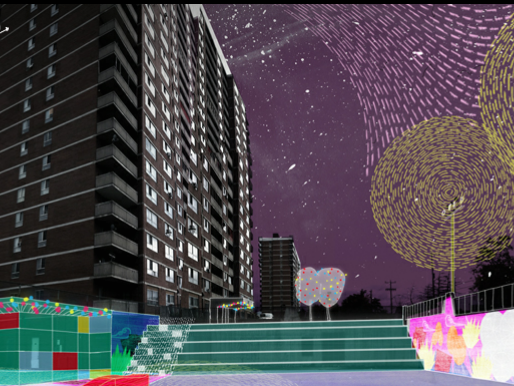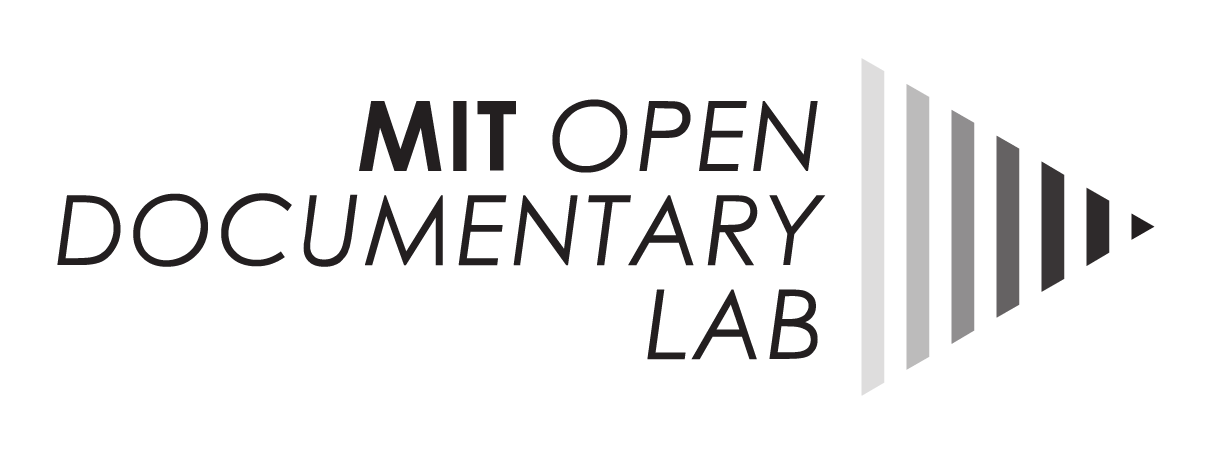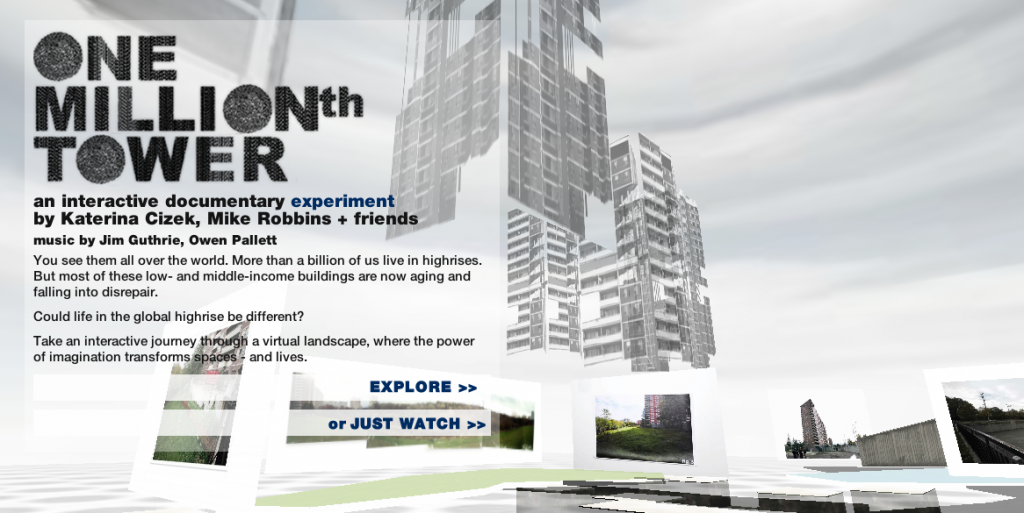
25 May Beyond Traditional Narrative
Last week, as I started to work with MIT’s Open Documentary Lab, a whole new world of storytelling opened up to me – one that was open-ended and participatory. Excitedly, I heard myself saying: This is what we, in the traditional media, are missing. It’s not so much a new business model, but a new form of storytelling that is needed to revive the sagging traditional media.
This is not to say that traditional media has not been using new storytelling tools to make it more compelling. Multimedia storytelling has used innovative story ideas and forms. But for me, the appeal of the opendoclab work is in its participatory model.
Traditional journalism, as we know it, is essentially a hierarchical model, where the journalist holds authority on the information. Social media started to challenge this model as it engaged its audience with the process. The digital documentaries in the opendoclab are doing this — and more. They are getting their audience to participate in the experience and the emotional content of the story.
For instance, in One Millionth Tower, the third chapter of the interactive documentary series, HIGHRISE, Katerina Cizek not only explores a compelling story idea of what it means to live in a city in the 21st century, but also engages the audience in a more participatory way as residents of a skyscraper in Toronto brainstorm with their architect on how to bring some life into their apartment block.
Agreed, this is not traditional journalism. But it tells a story of a certain time and space – just what we as journalists do—and in a far more persuasive way. The film itself is capturing a very important global story — of the complexities, challenges and stresses of 21st century urban living. It is remarkable in how it chooses to do so — in a highly local way – through one apartment block in one city building.
The question that often comes up is, can this form of storytelling ever replace traditional journalism? I must confess, I have I complete loyalties to the traditional media, which I feel is needed and serves an important role, to agree wholeheartedly with the proposition. But there may be a way to incorporate this into traditional journalism.
And I say this because I am aware of how the Press has followed the route of “infotainment” as a way of engaging with its readers. As some of us are painfully aware, we lost space for serious stories and investigative journalism shrunk, as that process happened. The creativity emerging in this digital space may hold some answers to our challenge of how we engage our audience in a meaningful way.
Perhaps, we, as journalists, need to move beyond the monotony of the traditional narrative arc — a beginning, a middle and an end, just as these digital spaces are doing. Unpredictability itself can be a powerful element in storytelling and these “unexpected” ways of storytelling are showing how.
Kalpana Jain
The writer is a former Nieman fellow and currently a senior fellow at the Schuster Institute for Investigative Journalism at Brandeis University.




